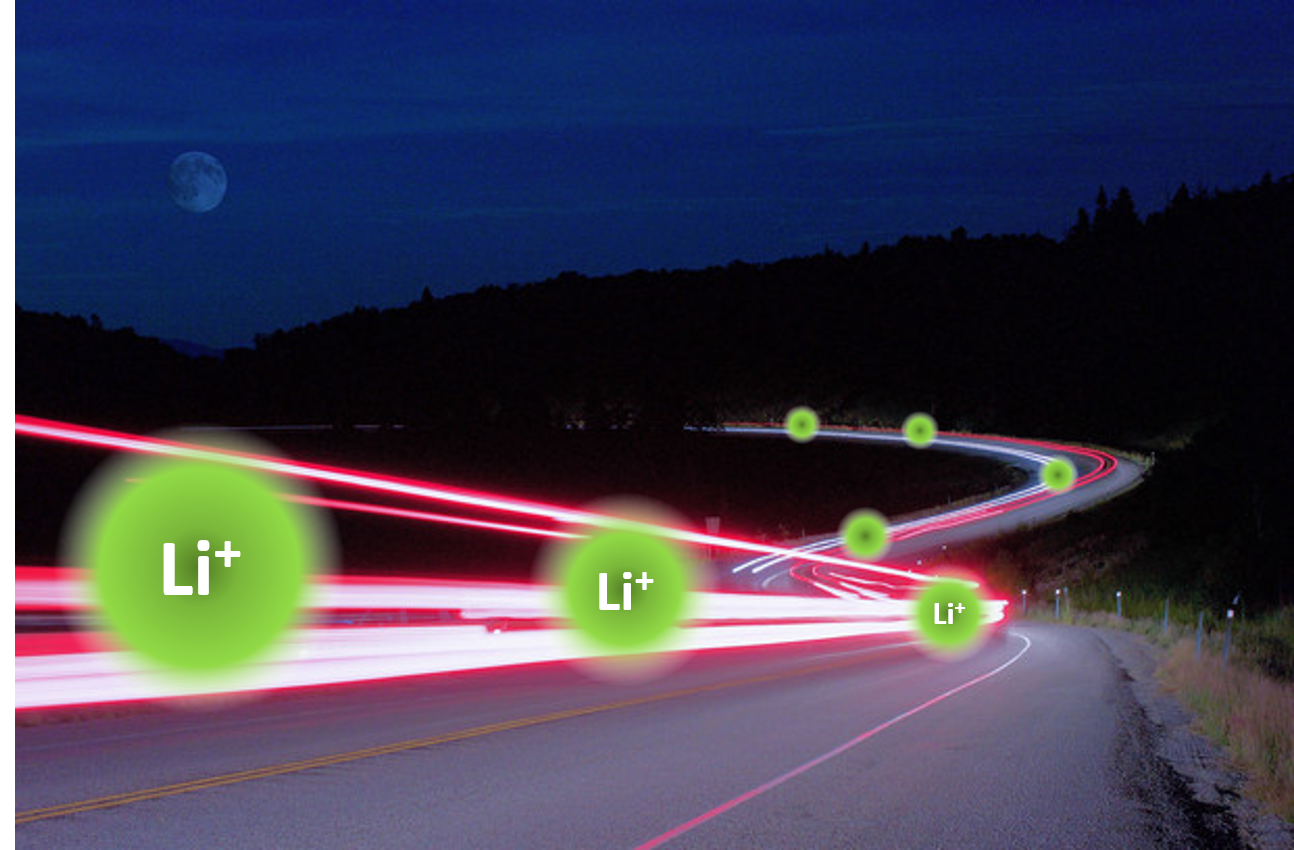The role played by batteries in improving the quality of our life is undeniable and this is exemplified by their ubiquitous presence in our surrounding, ranging from cell phones to electronic vehicles. In fact, the 2019 Nobel Prize in chemistry was awarded to John Goodenough, M. Stanley Whittingham and Akira Yoshino for their contributions in developing lithium-ion batteries (LiBs). Other than portable devices, LiBs have also been employed in energy grid storage to complement the intermittent nature of renewable energy sources, such as the wind and solar energies.
Structurally, a LiB consists of two electrodes separated by a polymer mesh separator. When a battery is supplying energy, i.e. discharging, lithium ion move from the negative electrode to positive electrode through the mesh, whereas the electronic current moves from the negative electrode to the positive electrode via an external circuit to power our devices. The reverse process can be made to happen by charging, to store the energy back into the battery. Albeit being a relatively mature technology with an established market, research is still on going to improve the its performance, for instance, the energy capacity, the number of charging cycle a battery can withstand and the charging time.
Of many interesting approaches proposed to increase the energy capacity of batteries, increasing the thickness of the electrodes is a particularly straightforward method. Thicker electrodes can accommodate more lithium and this means greater stored energy. However, the increase in battery juice comes at the expense of higher internal resistance. As the electrodes become thicker, they become harder for the lithium ion to move between electrodes and some of the stored energy will be consumed in this process. To get around this problem, the electrodes can be structured in such a way that lithium ion ‘highways’ are created within the electrodes. This is akin to transport planning in city design to provide easy access to otherwise inaccessible region. During my PhD, I will attempt to structure the electrodes on a roll-to-roll printer to test the practicality of this idea.
NanoDTC Student, c2019

